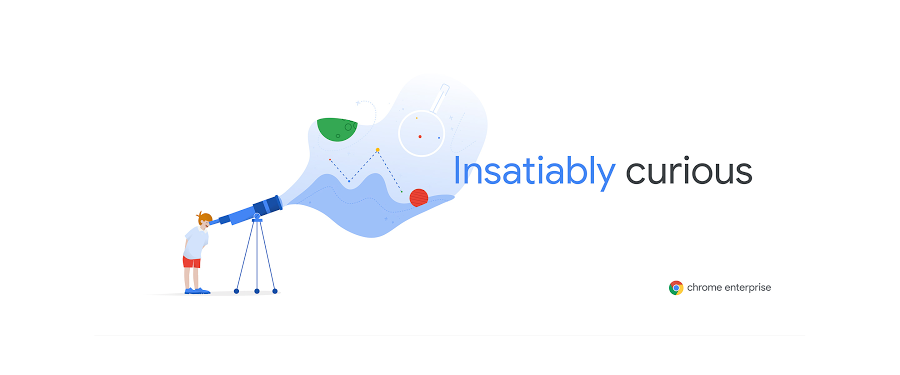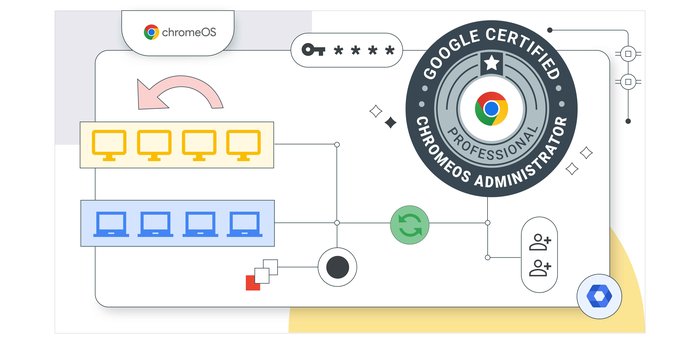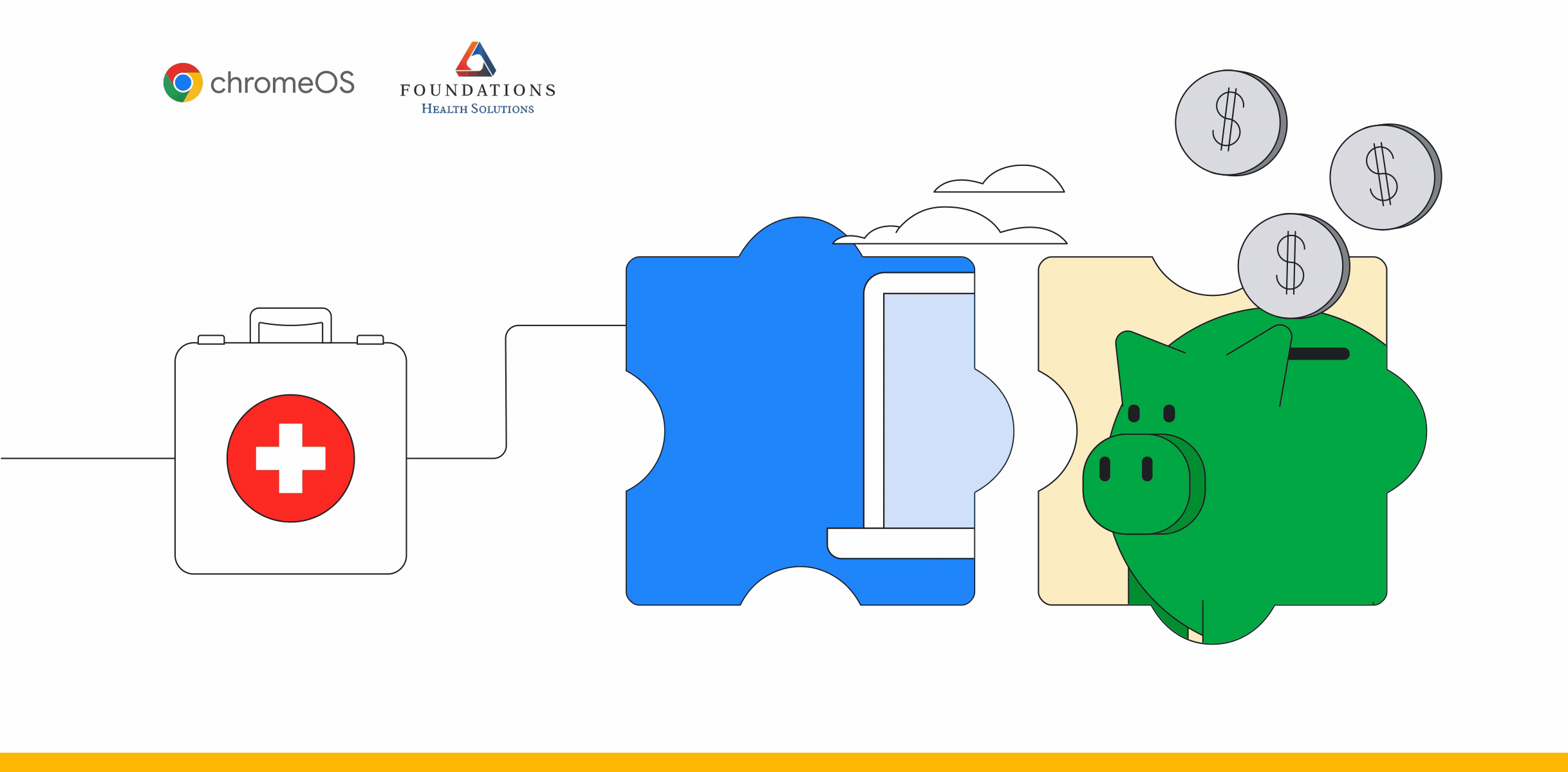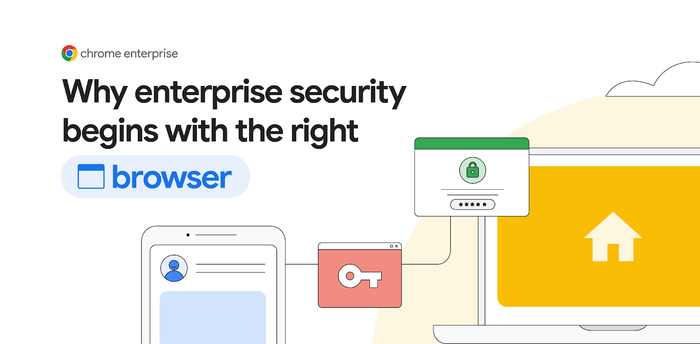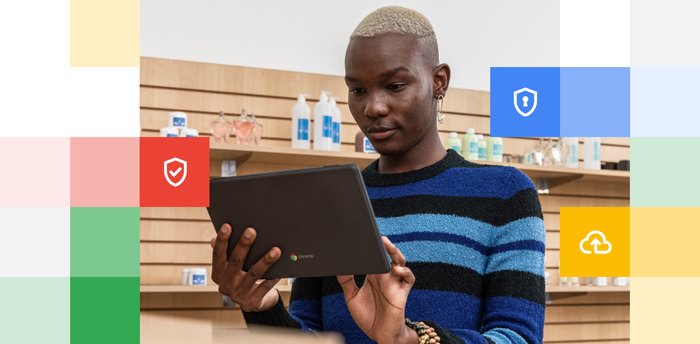Building the future of business computing: 10 years of Chrome OS
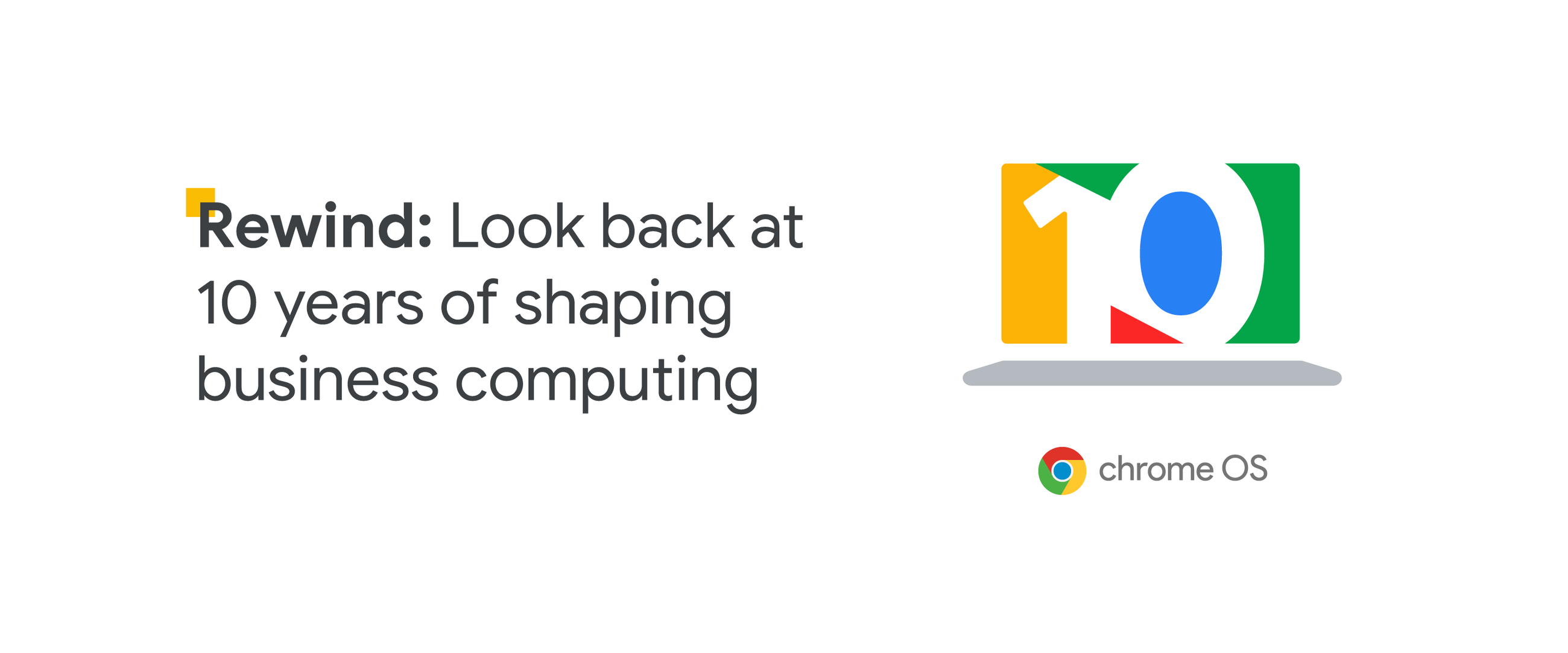
Cyrus Mistry
Group Product Manager, Chrome Enterprise
Get the Chrome OS Readiness Tool
With the Chrome readiness tool you can see who in your org is ready to make the switch.
DownloadWhen building Chrome OS, we knew computing was complicated, and it was even more complex for business owners and IT. Slow boot times, intrusive updates, cumbersome on-premise management, and additional third-party security add-ons decreased tech infrastructure ROI and took valuable IT time away from more strategic initiatives. We set out to engineer a fast, secure, and easy-to-manage solution that decreased downtime and the total cost of ownership. Over the past 10 years, Google has continually advanced this vision ‒ a modern OS designed to be cloud-first and provide a better experience for both employees and IT. I’ve been a proud member of the Chrome OS team since 2010, and I’m delighted to share a little bit about our history of bringing Chrome OS to businesses and some exciting new launches that will help scale your deployment and management of Chrome OS.
Chrome OS and the first Chromebook launched in 2011, and with it the modern way of computing. I joined the team a few months before and sent 16,000 of the original Cr-48 Chromebook to schools and businesses. The response from IT was overwhelming and they kept asking one thing: How do we get more? It was clear to them they could benefit from an easy-to-manage, cloud-first device. And soon after, I brought on two engineers to develop the first cloud-based policies for Chrome OS.
At first, we modernized learning and made device management simpler for schools, soon becoming the #1 operating system for K-12 education globally1. And the simplicity of Chrome OS’ device management has also resonated with businesses. Chrome OS has become the preferred choice for IT to support a distributed workforce. In fact, in 2020, Chrome OS business shipments grew 68% YoY in the US according to NPD2, and we are now the world’s second most popular operating system. This journey to keep employees productive and business running with Chrome OS didn’t happen overnight. It’s been the accumulation of 10 years of investment in simplifying management for IT, decreasing downtime for employees, and ensuring Chrome OS devices have robust, built-in, and proactive security.
Watch the below video to see some of the key investments and innovations over the past 10 years for businesses that have helped modernize computing.
10 years of Chrome OS building the future of business computing

Chrome OS has had multiple strategic integrations and feature launches over the past decade. In 2012, kiosk and managed guest sessions provided secure access to devices regardless of identity and the launch of VDI solutions including Citrix and VMware gave more secure access to legacy applications allowing replacement of traditional thin clients. Chromebook Enterprise in 2019 brought modern, purpose built business devices to market. COVID-19 accelerated the need for mobile, remote-friendly solutions and Chrome OS’ new tools helped businesses accelerate their move to support a distributed workforce. And most recently, Google acquired Neverware CloudReady to help IT easily pilot Chrome OS and provide a fast, secure, and easy-to-manage experience on repurposed PCs and Macs.
To further advance business computing, we’re excited to share the availability of new features and capabilities that will allow IT to easily scale your deployment and management of Chrome OS to support a distributed workforce.
Download the Chrome OS Readiness Tool to identify who’s ready to switch
To help businesses make informed decisions ahead of a move to Chrome OS, we announced the Chrome OS Readiness Tool last year. Starting today, it’s available to be downloaded. Use it to identify which Windows devices in your fleet are ready to switch fully to Chrome OS and which need support from VDI or Parallels Desktop. The tool is free, completely private, customizable, and easy to deploy. Download it now to get started.
Configure more than 500+ policies in the Google Admin console
You are now able to set more than 500 policies within the Google Admin console. Over the past year, multiple new policies were added including new security, update, accessibility, browser, network file share, and print policies. Even with the ability to set more than 500 policies, managing Chrome OS devices is still simple. All policies default to a Google recommended setting ensuring you only have to set up the ones you need.
Enterprise scale management with policy API
To help configure policies at scale, we’re launching the Chrome Policy API. Starting today, user and printer settings are able to be managed via API. This enables the ability to configure settings through a script or command line. For example, you can automate setting a policy across multiple organizational units, or you can import and export policies from a backup file. Over the next few quarters, we will expand the policy API beyond user and printer settings to include apps, extensions, and device settings as well.
In addition to the features above, new capabilities for end-users are launching including Phone Hub, which brings key capabilities from your Android phone to your Chrome OS device, a new Screen Capture tool that allows you to take precise screenshots and screen recordings, and Tote, a new space that keeps important files at your fingertips. Learn more about all the new end-user capabilities.
Over the years, we’ve helped businesses of all sizes and industries modernize their computing. Healthcare providers like Hackensack Meridian Health are freeing practitioners from fixed workstations, and financial services companies like Charles Schwab are providing a better customer experience with self-service devices. Panda Express transformed their back office training for frontline workers with Chromebooks, and Sunrun was able to reduce device provisioning time from 2 hours to just 5 minutes. And in the height of the pandemic, Chrome OS helped companies rapidly shift operations to remote work like Synchrony Financial who enabled 6,000+ employees to work remotely in less than 3 weeks. Computing has shifted rapidly over these past ten years, and we’d like to say thank you to the businesses across the globe who have trusted Chrome OS to help them thrive through it all.
Chrome OS is dedicated to continue building a modern, cloud-first OS to offer the most secure, productive, and easy-to-manage experience. And through the recently announced Modern Computing Alliance, we’re teaming up with industry-leading companies to drive silicon-to-cloud innovation and a preferred choice for integrated business solutions.
You can learn more about the history of Chromebooks here, and you’re also invited to sign up for our new Chrome Released Series where we’ll share the latest updates from Chrome OS.
1. K-12 Personal Computing Market Track Q4 2020, Futuresource Consulting
2. The NPD Group, Inc., Vertical Reseller Tracking Service, U.S., preconfigured and built to order notebooks and preconfigured desktops., units, 2019 vs. 2020
